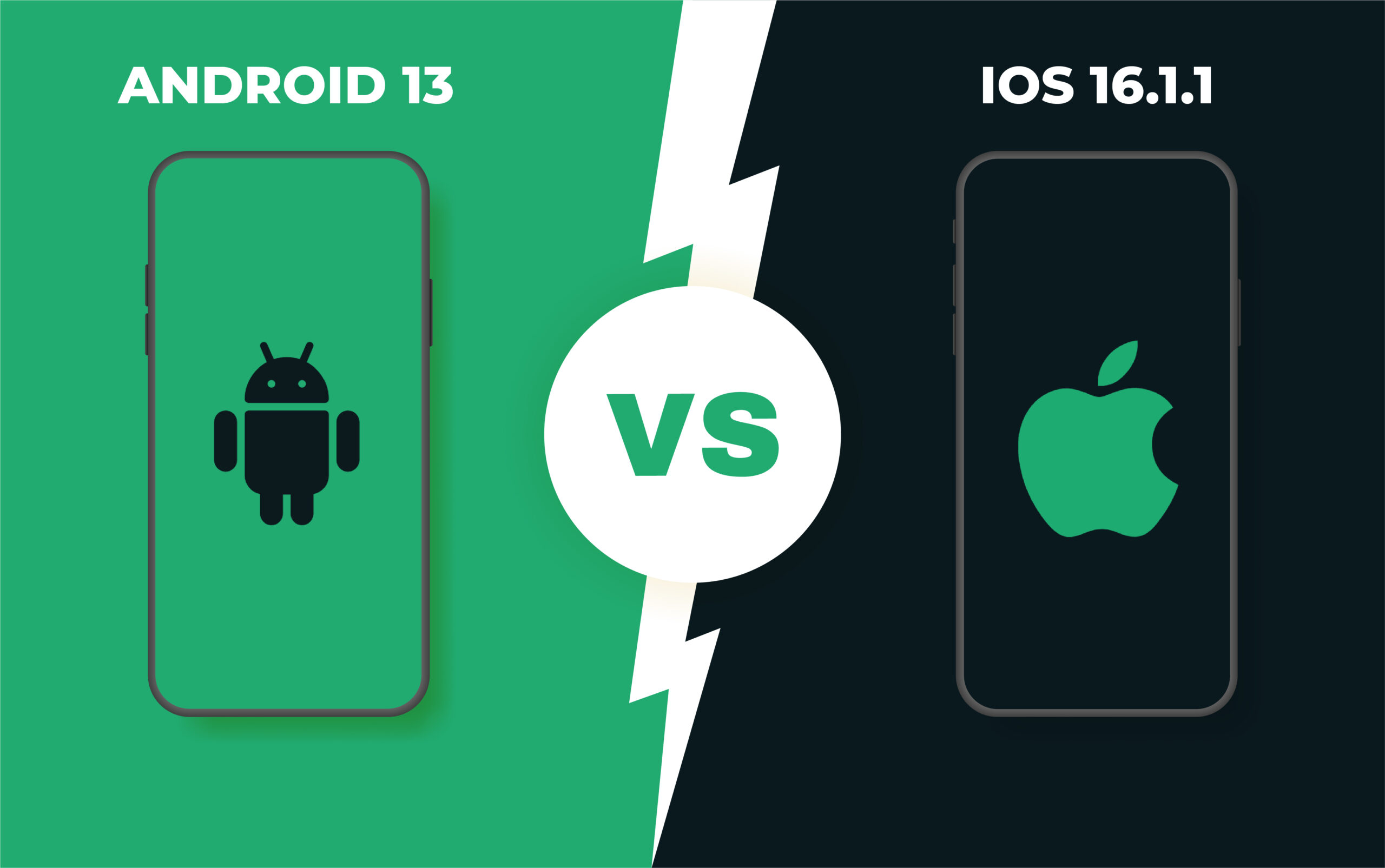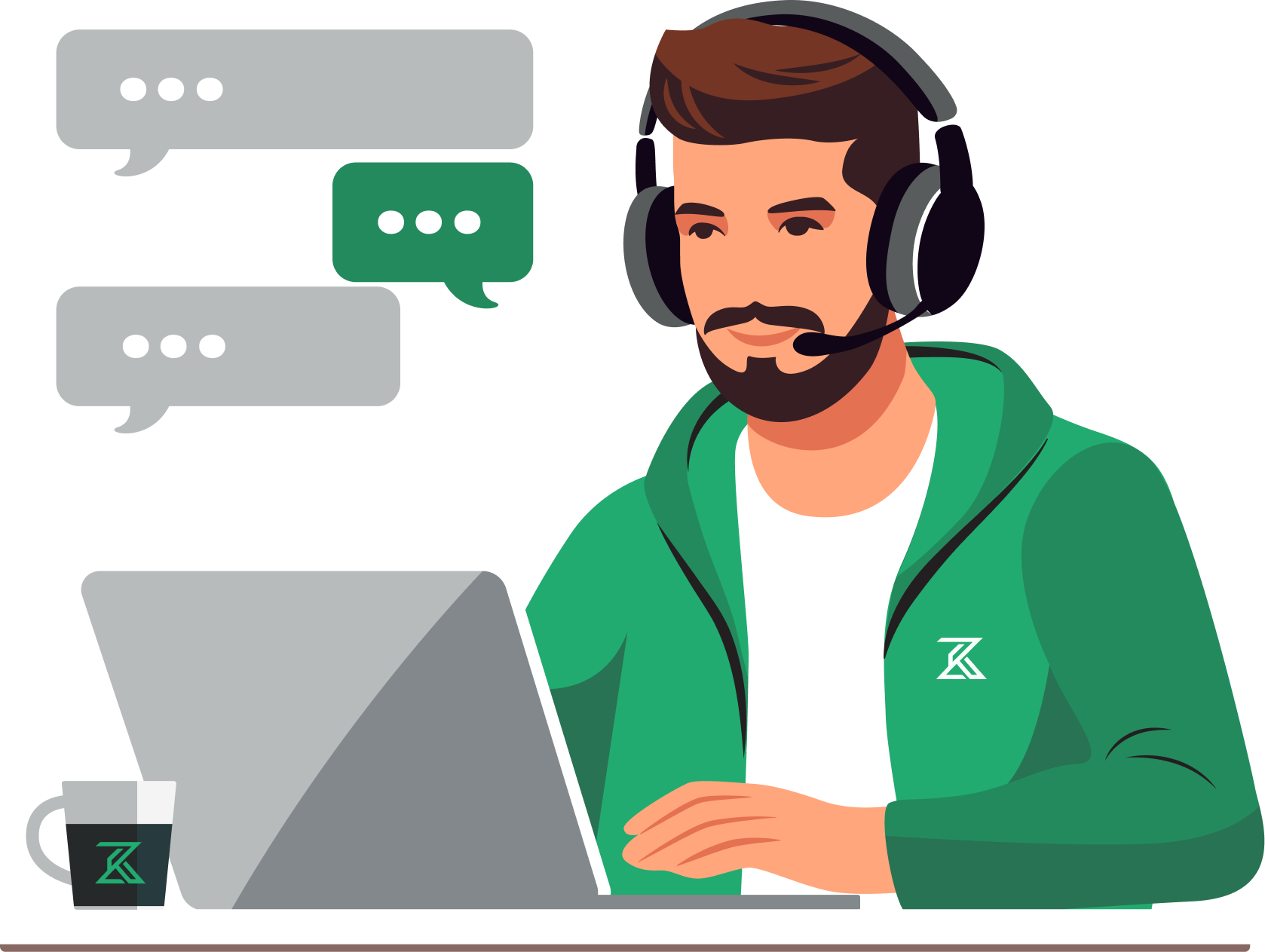Android 13, but that won’t be the only significant mobile OS update &in 2022. Early in September, Apple released iOS 16. While Google crammed the most significant improvements in years into Android 12, leaving just minor tweaks for Android 13, Apple has a few more fascinating updates in iOS 16. There is a new lock screen design, auto-updating alerts that keep you up to date on deliveries, smart drag and drop, and much more. Despite the focus on incremental improvements in Android 13, there are still a number of meaningful additions, so Google doesn’t have to avoid the comparison to iOS 16. Per-app languages, smart Material You theming changes, improved privacy protection, and much more are included.
1- Customization of the lock screen and home screen on Android 13 vs. iOS 16 wallet:
Material You, the wallpaper-based theme engine that applies an appropriate color palette to compatible applications in Android 12 and, to a lesser extent, in Android 13, upped the interface design game. While Apple hasn’t made any substantial changes to its platform since iOS 7 in 2013, instead focusing on gradual improvements, the firm has some interesting and surprising updates in store for iOS 16. A revamped lock screen with widgets, quick switch options, and focus mode compatibility is among them.
Customization of the lock screen and home screen on Android 13 vs. iOS 16
2- The digital wallet received a lot of attention in both Google's Android 13 preview and Apple's June iOS 16 launch:
The most notable update to Apple Pay is the addition of the digital wallet, which received a lot of attention in both Google’s Android 13 preview and Apple’s June iOS 16 launch.
The most significant change coming to Apple Pay is a new option called “Apple Pay” later which splits the cost of purchase into four equal installments over six weeks.
Applications on iOS 16 can now use ID cards kept in Apple Wallet to verify your age. This is the second time Apple has enabled support for digital IDs. Google, meanwhile, brought its Wallet app up to par with Apple by announcing a significant update at its I/O conference. Like Apple Wallet, the new Google Wallet will hold personal papers such as payment and transportation cards, immunization records, boarding permits, and student IDs. Google is also collaborating with government organizations to encourage the use of digital IDs.
The shiny new features can’t hide the truth that some consumers dislike Apple’s notification options. Persistent alerts aren’t enabled by default, and customizing iOS notifications to your exact specifications might be difficult.
3- Per-app language settings in Android 13 vs. iOS 16:
Google’s Android 13 is the first update to include official support for per-app language settings. This allows you to use any app on your phone in the language of your choice, regardless of the language chosen for your system or other applications. The option is a godsend for those who speak more than one language, which is believed to represent almost half of the world’s population.
Google provides two simple methods for changing the language of an app. Long-press the app in question on your home screen on Pixel phones and many others, then hit the app info button (sometimes just represented as a little I in a circle) at the top of the popup. Scroll down until you see a language menu choice on the screen that appears. You can choose whatever you want by just tapping it. When you need to quickly change languages on the go, this is the quickest method.
If you just want to go through the list once and set all your apps to your preferred languages, you can do that too. Just go to your system settings, look for System with the Languages & Input menu inside it, and then the App languages entry. In there, you will see a list of all supported apps and which languages you’ve assigned to them. You can then tap one of them to change your preferences.
Despite how well Google designed this system, the business has encountered a significant hurdle. Even if an app currently supports many languages, developers must manually enable per-app languages using a few lines of code. Right now, you may only have a restricted selection of supported apps for this functionality on your Android 13 phone.
4- Per-app language settings, on the other hand, aren't new to iOS 16:
Apple has supported the functionality since iOS 13 in 2019. In addition, the corporation has made the procedure considerably easier for its developers than Google. If an app is already localized in more than one language, a developer does not need to contribute any more code to their project in order for the per-app language switching option to appear in system settings.
5- Keyboard, dictation, and clipboard: Android 13 vs. iOS 16:
Before we get into the keyboard comparison, it’s worth noting that comparing Apple with Google isn’t fully fair. The iOS keyboard is part of the Apple ecosystem, but Google’s Gboard is an app that may be upgraded at any moment via the Play Store. Because Google doesn’t have to roll out a system update, it can iterate on features far faster than Apple — not to mention that Gboard is available on nearly any Android device, not just Pixel phones.
With that out of the way, we may expect significant modifications to Google’s and Apple’s keyboards as part of system update releases. While Apple has only recently made an effort to catch up with iOS 16, Gboard, for example, acquired sophisticated on-device dictation tools as part of the launch of the Pixel 6 series and Android 12. Thus, the way dictation works on both systems is now very similar, although there are still some significant variances. On both platforms, punctuation is automatically added, and you can switch between typing and speaking when necessary or just want to change what you said. You can even dictate a number of well-known emoji on both devices.colours
6- Media player on Android 13 compared. iOS 16:
Neither platform’s media player has undergone substantial changes as a result of their separate updates, but there are a few things to note.
The Android 13 media player looks a lot better than its predecessor. Instead of using colors from your desktop as a background, the player now uses the album art of the music you’re listening to as a background. The album cover colors are also used for the play/pause button and other interface components on the player, rather than the system color theme. Furthermore, when you play music, the progress bar now squiggles, making it clear at a glance that audio is actively playing.
While the design may occasionally clash with your overall system style, it’s a terrific way to exhibit music and other media.
7- Android 13 vs. iOS 16: Digital Wellbeing and Focus:
8- Android 13 vs. iOS 16: Intelligent drag-and-drop:
9- Digital Wellbeing and Focus on Android 13 vs. iOS 16:
The Bottom Line:
Previously, Android and iOS iOS were two very different beasts, but as both platforms grow, they resemble one another more and more. In the end, they both have benefits and weaknesses, and they’ve looked at each other and imitated what they liked through the years. Android 13 and iOS 16 emphasize this mature condition. With the aim of enhancing the underlying operating systems with particular quality-of-life changes that aren’t necessarily essential to the mobile experience anymore, both new updates merely bring chosen improvements to the table. There are just a few improvements that each platform could use, such as better alerts on iOS or sexier applications developed with greater care. To experience the features of Android version 13 and IOS version 16 in your business/ startups digitally and to provide your users with across platforms applications and digital assets, contact our professional engineers and developers at Zenkoders to design and create mobile apps and web apps and/or MVPS and promote your business worldwide with our best services and client-driven dedication.


